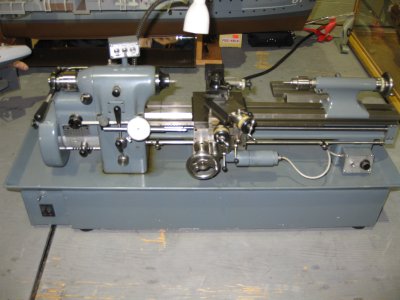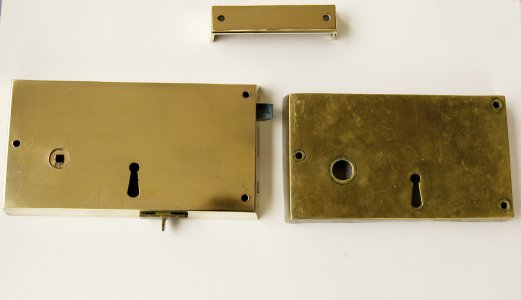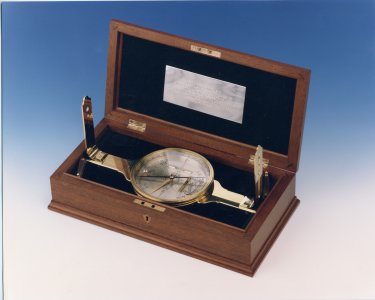Thank you for answering my questions,Rick. But,I spoke with respect to the facilities that a home shop machinist might have. This is,after all,a hobby machinist's forum. Even with the relatively complete shop that I have,I have no such facilities for grinding scrolls in my shop.Nor do I think most others here would also have at home. I know some may.
I have a Hardinge HLVH lathe,a Grizzly 16" X 40",a Bridgeport clone,A Decklel fp1 German mill, A Harrison universal horizontal mill(but not the vertical head,nor a quite complete universal indexing outfit for spiral milling, Deckel 3d pantograph(not yet working), drill press,K.O. Lee tool and cutter grinder,4" x6" horiz/vertical bandsaw,Roll In metal bandsaw,14" vertical contour bandsaw and shaper. But no facility for re cutting scrolls.
So,I have to admit that if you have very advanced machinery,it can be done,though not by me!!

My shop is strictly manual. I think we need to be realistic about what a hobby machinist might have available.
Sprung by cheater bars,or by crashes,a chuck with jaws bent is still in the same condition,I would think. Perhaps even worse if it was crashed. For the jaws might not only be rendered bell mouthed,but might also have been twisted from having the stock ripped from it. The damage to the slots likely has still been done.
I submit that recutting the backplate on the original lathe once the chuck has been ground all over will not result in those reground surfaces running true. It needs to be done on the user lathe. I rely upon the face of a chuck being true,as I often use it as a datum surface when clamping work in the jaws,when I tap the work back against that face while tightening the jaws.
Sleeving the chuck's central column does not guarantee concentricity,unless you have a way of indicating from the outside diameter of the scroll (or whichever surface suffered the least wear in use),so you could re cut(or grind) the inside hole of the scroll. Chucked in a lathe,that might be difficult. I suppose I might could glue it down to a plate on a rotary table,and thus have the o.d. free for centering up with a dial indicator. But if the scroll is hardened,as most are,these days, grinding it would be necessary. Actually,I could manage that in my vertical mill,though I do not like grinding things in the mill.
My point here is: who has the means to do these things in a home shop? And I am a retired toolmaker. I suppose success might depend upon what performance the operator deems satisfactory in his 3 jaw chuck. My most used chucks for years have been 8" Bison 4 jaw self centering chucks. Properly mounted on back plates turned on the parent lathe,mine have delivered less than .001" runout. I have a never used 12" Cushman that does not deliver that degree of accuracy. When I started out,.003" in a 3 jaw chuck was what I considered good performance from new old stock Union 6" chucks that I managed to find. These days,I am expecting better,and getting it from the moderately priced Bisons. My HLVH uses an adjustable Buck chuck that is quite accurate.




